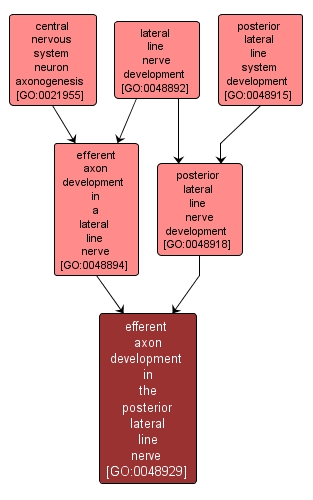| Desc: |
The process whose specific outcome is the progression of an efferent axon in the posterior lateral line nerve over time from its formation to the mature structure. This process includes axonogenesis and pathfinding of the efferent axons in the posterior lateral line nerve. |














